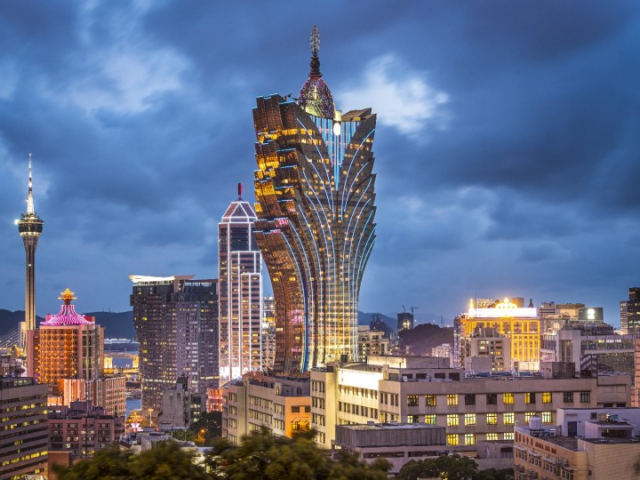
1. Macau
GDP per capita: $143.12 thousand
This place full of casinos and gambling will become the richest on the planet by 2020, IMF experts believe.
The former Portuguese colony in the south of China has turned into a world center for gambling almost a decade ago. And this is the only territory within the Chinese state, where the games are legalized. Thousands of people from all over the world are flocking here.
Macao's GDP has more than tripled since 2001, according to the IMF.
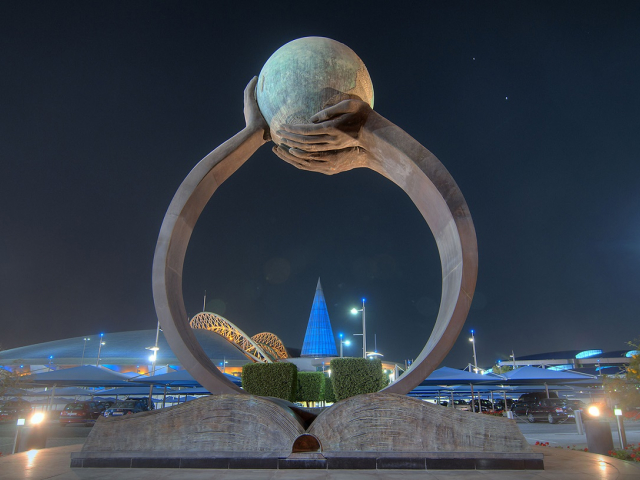
2. Qatar
With GDP per capita of $139.15 thousand, Qatar will lose the title of the richest country by 2020.
Oil and gas production, which give more than 50% of GDP, made Qatar the first state in the world in terms of living standards.
The country has developed oil refining, petrochemical, chemical and metallurgical industries.
Almost all of the country's gas is extracted in a giant field in the northern part of Qatar, North Field. The field also accounts for about 60% of the state's export revenue.
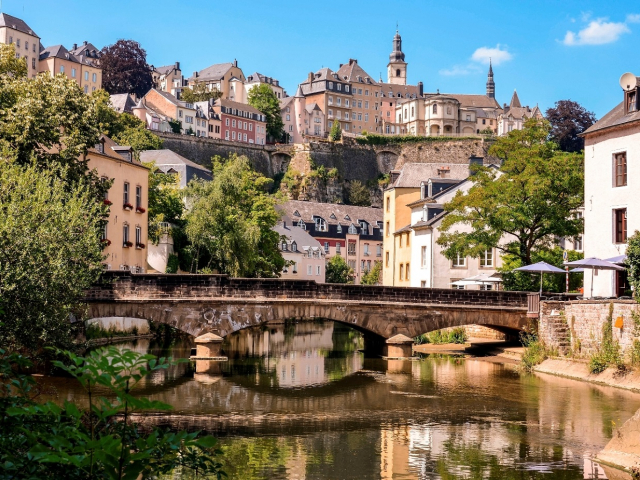
3. Luxembourg
GDP per capita: $118.15 thousand.
The ranking of the countries that are set to become the wealthiest by 2020 includes only 3 European countries. And Luxembourg occupies the highest place among them. It is a country with a high standard of living, where many EU organizations are located.
Favorable conditions brought to the offshore zone more than 1 thousand investment funds and more than 200 banks, more than in any other city in the world.
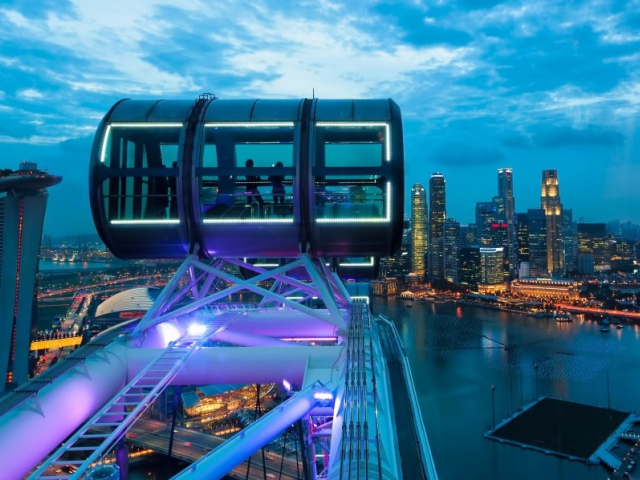
4. Singapore
GDP per capita will grow from $105.80 thousand to $117.5 thousand by 2023.
A country with a highly developed market economy and low taxation attracts investors and transnational corporations. In total, Singapore has 5 taxes, of which one is income tax, the other is a wage tax.
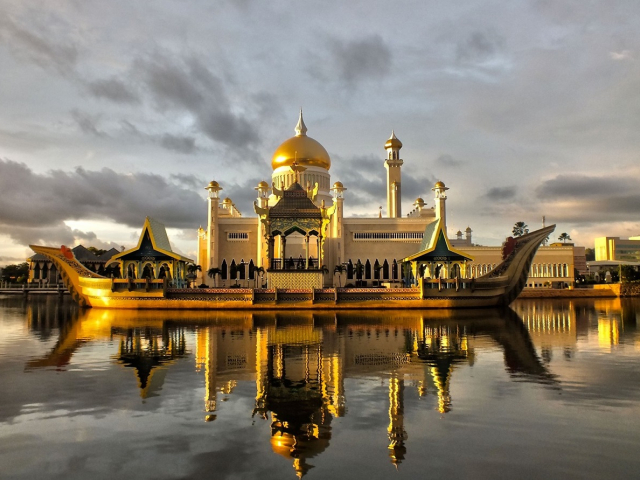
5. Brunei Darussalam
GDP per capita: $94.37 thousand.
A tiny state with rich oil and gas reserves occupies one of the first places in Asia in terms of living standards.
On the area of 5.8 thousand sq km, more than 10 million tons of oil and more than 12 billion cubic meters are produced per year. The export of raw materials accounts for more than 90% of foreign exchange earnings (60% of GNP).
Brunei takes one of the leading places in the world for the production of liquefied gas, which is transported to Japan and other countries.
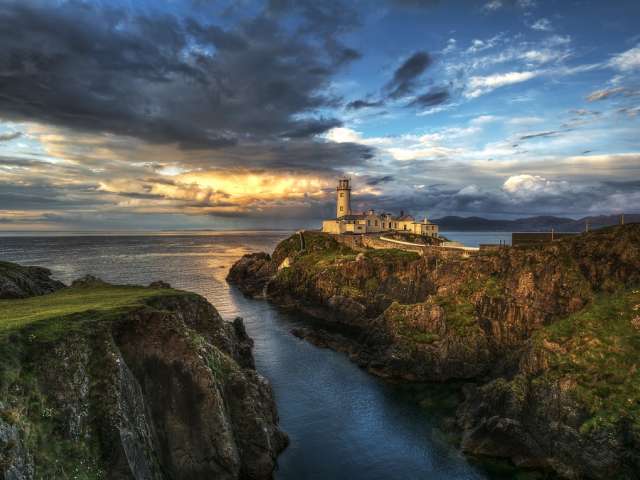
6. Ireland
GDP per capita: $87.87 thousand.
Although the country's economic development is still driven by exports, the increase in consumer spending and the restoration of both construction and business investment also contribute to growth.
In Ireland, the unemployment level is low, and the income of the population is characterized by rapid growth.
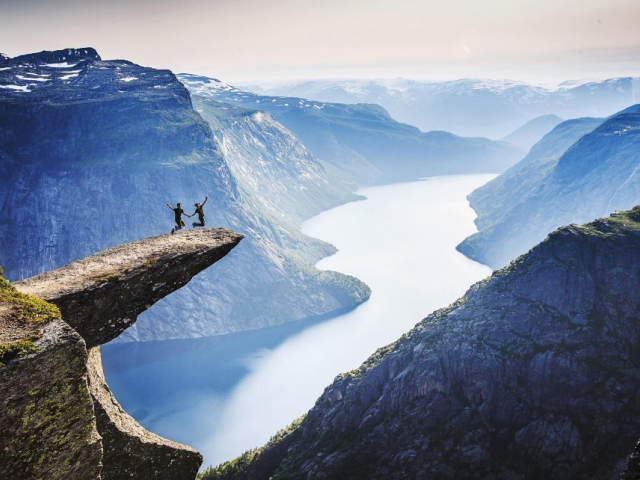
7. Norway
GDP per capita: $78.54 thousand.
The country is considered the largest producer of oil and gas in Northern Europe. Sea transportations and aquaculture, representing an increasing variety of goods and services, are also very profitable.
Hydropower covers most of the energy needs, which allows the country to export the most part of oil.
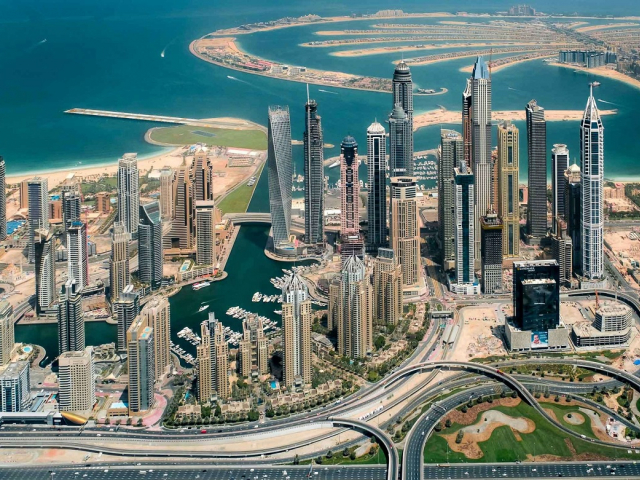
8. The UAE
GDP per capita: $71.61 thousand.
The economy of the UAE is based on re-export, trade, extraction, and export of crude oil and gas.
In the country, about 2.2 million barrels are produced per day. Most of it is extracted in the emirate of Abu Dhabi, as well as in Dubai, Sharjah and Ras al-Jaime.
Thanks to the extraction and export of oil, the UAE's economy grew only in a few decades, but other sectors of the economy, especially foreign trade, also developed quite fast.
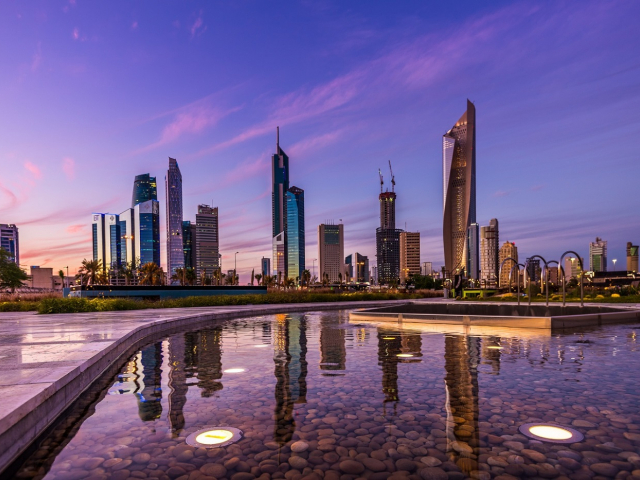
9. Kuwait
GDP per capita: $70.93 thousand.
According to Kuwait's own assessment, the country has 9% of the world's oil reserves, which is about 102 billion barrels.
Oil gives Kuwait about 50% of GDP, 95% of export earnings and 95% of the state budget's revenues.
In addition, the country produces pearls. The production of construction materials, fertilizers, and food industry is also advanced.
Kuwait is the leader in desalination of sea water.
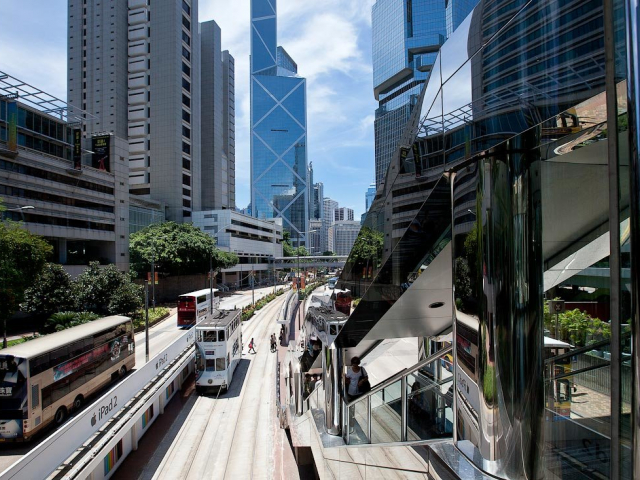
10. Hong Kong
By 2023, the per capita GDP of Hong Kong will reach $80 thousand instead of today's $70.35 thousand.
The economy of the territory is based on a free market, low taxation and non-interference of the state in the economy.
This is not an offshore zone, but a free port where no customs duties are levied on imports and there is no value added tax or its equivalent.
Excises are levied only on four types of goods, regardless of whether they are imported or locally produced.
 English
English 
 Русский
Русский Bahasa Indonesia
Bahasa Indonesia Bahasa Malay
Bahasa Malay ไทย
ไทย Español
Español Deutsch
Deutsch Български
Български Français
Français Tiếng Việt
Tiếng Việt 中文
中文 বাংলা
বাংলা हिन्दी
हिन्दी Čeština
Čeština Українська
Українська Română
Română
